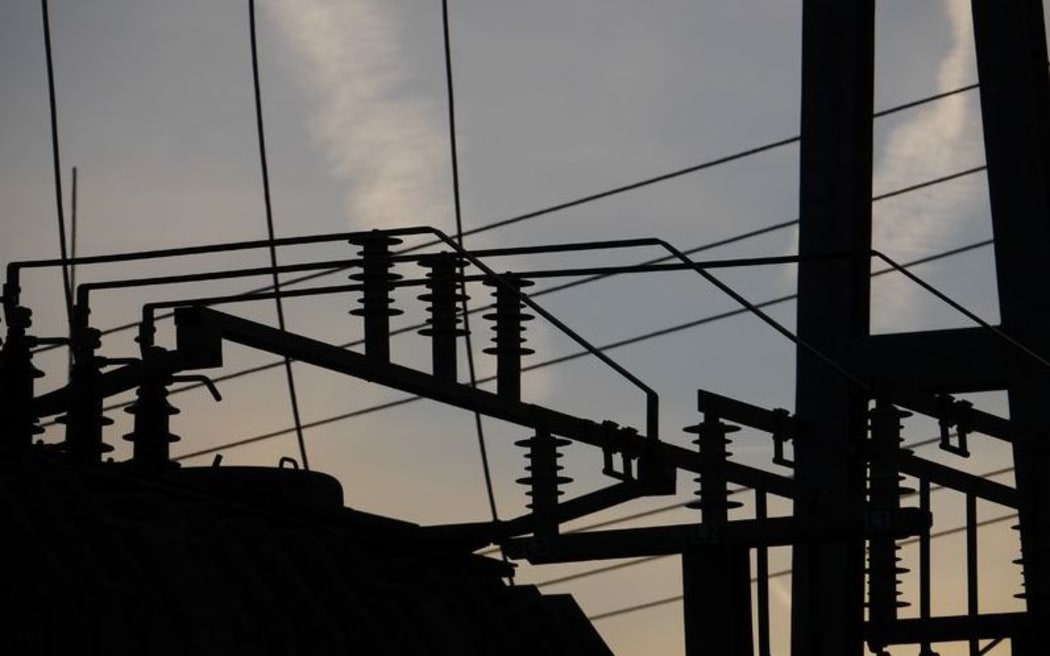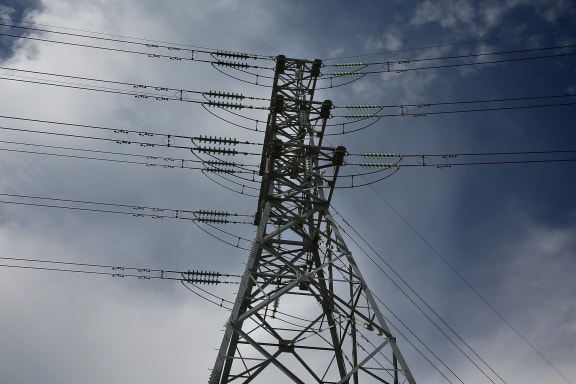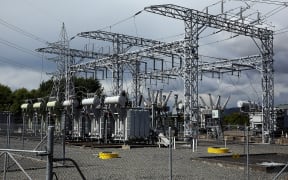Big companies that use lots of electricity say the high capacity power cable that was built into Auckland amid big controversy several years ago has never lived up to its hopes and maybe never will.

Photo: 123RF
Their complaints are shared by an independent analyst and there is some supporting evidence for them from the Electricity Authority itself.
The North Island Grid Upgrade was one of Transpower's most ambitious projects for years.
It has 400 kilovolt capacity, runs for 186 kilometres from Whakamaru in south Waikato into South Auckland, and cost $824 million to build - a figure later boosted by $70 million of cost overruns.
At that price, it represents almost half the cost of all Transpower's recent projects. But in retrospect, it might not have been worth it.
Ralph Matthes, who heads a lobby group representing large corporates which use massive amounts of energy - such as Auckland Airport - said the grid project had never come close to paying its way and might never do so.
"Four hundred kilovolts, which might never be used, is just an overkill," he said.
Mt Matthes went on to analyse the cost and the benefits of the scheme, based on the huge bill for the project, divided into several yearly instalments.
"The annual cost for the North Island grid upgrade was $116 million per year," he said.
"But the actual benefit to consumers and generators was only $16 million a year, so there is $101 million of shortfall between the costs that we have to pay and the benefits we receive."
Cable project 'over ambitious'
When the grid project was being planned, it created intense controversy.
Farmers, Waikato mothers, and even school children staged protests, and the head of Transpower was burnt in effigy.
Many of those protests were dismissed as 'NIMBY' at the time - people just wanted to protect their own backyard and did not care about the country as a whole.
But Ralph Matthes thinks their arguments made more sense than that.
His views are shared by independent energy analyst Molly Melhuish, who says it was clear the lines were much too ambitious, long before the first digger arrived on the first construction site.
"I think they have worked poorly because they are very much under-utilised," she said.
"I think the information was there that they were over ambitious, and since then, demand has failed to grow.
"These assets will remain under-utilised for a very long time. They are over-built."
Electricity Authority finds faults
After years of argument, work on the transmission scheme finally began, and the wires were opened for business in late 2012.
About a year later, the Electricity Authority published a report on them, and found faults of its own.
"The benefits (of the line) are volatile and not always positive," the authority wrote.

Photo: RNZ / Diego Opatowski
"The mean annual benefit is $2.75 million. By contrast, assuming a 40 year lifetime, and Transpower's capital costs of 7.7 percent, an annual benefit of $67 million is equivalent to the capital cost."
The Electricity Authority concedes this figure is based solely on the price of electricity.
It does not include the economic benefit of improved reliability in Auckland - of blackouts and brownouts being less likely.
Major electricity users say this security, which is akin to an insurance scheme, could have been achieved much more cheaply than by building a huge, 400 kilovolt line.
For them, the problem remains: Transpower purchased an Audi, using public money, when it only needed a Ford.
The problem is compounded by technological progress that is making lines businesses difficult everywhere.
Technologies such as LED lighting are using much less electricity to get the same result as before.
This has helped the New Zealand economy to grow at twice the rate of its electricity usage, raising the prospects of so-called stranded assets: power lines that are increasingly under used.
Transpower defends upgrade
Transpower's Chief Executive Alison Andrew is defending the cost of the company's major upgrade of the power grid into Auckland.
Ms Andrews told Morning Report the grid upgrade meant the Auckland region now had greater security of supply.
She said when power was interrupted during the fire at the Penrose Power station several months ago, power stayed up in the CBD and other areas, which would not have been the case without the upgrade.



